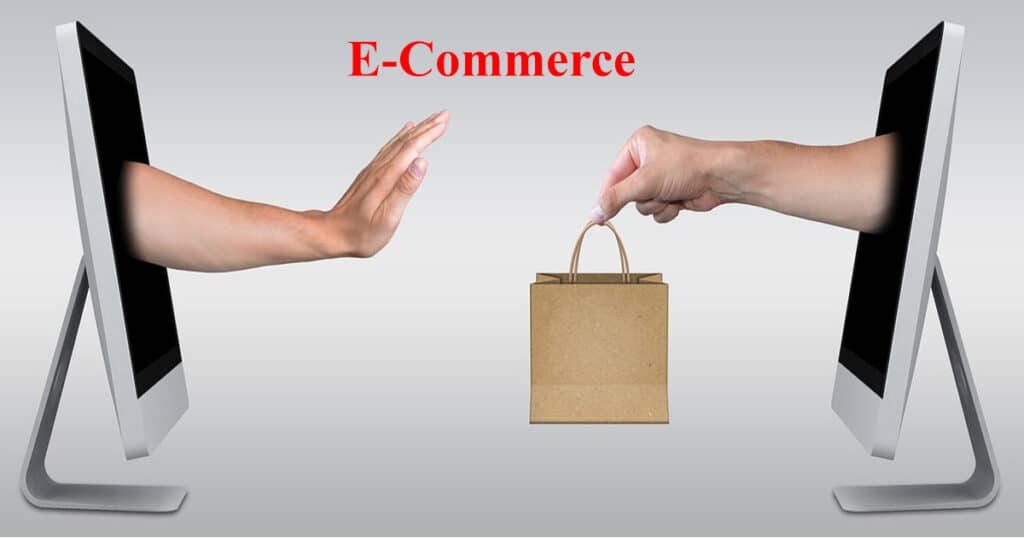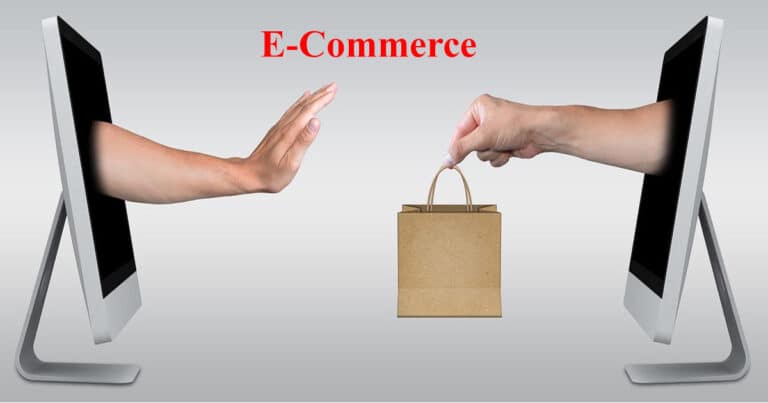E-commerce is rising rapidly, with more business persons setting up online stores to tap into the international market. WordPress, known for its flexibility, powers over 40% of all websites, including many e-commerce platforms. In this guide, you’ll learn how to use WordPress for e-commerce, step-by-step, and discover tools, themes, and plugins to build a successful online store.
Why Choose WordPress for Your E-Commerce Store?
When selecting the platform for your online store, WordPress stands out for its flexibility and sizeable range of customization alternatives. It is not just a platform for blogging, paired with WooCommerce, it changes into a powerful e-commerce engine. WordPress allows you to build fully customizable stores, fit your business’s needs without knowledge of coding.
Here’s why you should choose WordPress:
- Flexibility: Whether you’re selling digital products, physical goods, or memberships, WordPress can handle it all.
- Cost-effective: WordPress is free, and you can choose cheap plugins and themes to suit your budget.
- Scalability: Start small and grow big. WordPress operates everything from a few products to thousands of SKUs.
If you’re still considering options, check out our comparison of the best e-commerce platforms for small businesses.
Setting Up WordPress for E-Commerce
To get started with WordPress for your e-commerce site is very easy than you think. Here’s a quick list of what you need to:
- Hosting and Domain: Choose a reliable hosting provider that offers WordPress optimization, like Bluehost or SiteGround. For an e-commerce store, you’ll need solid performance and security. Get a detailed guide on setting up WordPress hosting.
- Install WordPress: Most hosting providers offer a one-click WordPress install. Follow their instructions to set up your site in minutes.
- SSL Certificate: Since you’re dealing with customer data, securing your site with an SSL certificate is essential. Many hosting providers offer free SSLs, or you can use Let’s Encrypt.
Once WordPress is installed, you’re ready to move on to the actual action, setting up your store.
Installing WooCommerce: The Essential E-Commerce Plugin
No WordPress e-commerce guide is complete without mentioning WooCommerce, the go to plugin for turning a WordPress site into an online store. With over 5 million active installations, WooCommerce is free, user-friendly, and packed with features.
How to Install WooCommerce
- In your WordPress dashboard, go to Plugins → Add New.
- Search for “WooCommerce” and click Install.
- Once installed, click Activate to launch WooCommerce.
After activation, WooCommerce will guide you through the initial setup process, including configuring your store’s location, currency, payment gateways, and shipping options.
By following the setup wizard, you’ll have a functioning store in minutes, ready for customization.
Choosing the Right E-Commerce Theme for WordPress
Your store’s theme plays a crucial role in user experience. You want a theme that’s both attractive and optimized for e-commerce. Some of the top e-commerce themes for WordPress include:
- Astra: Lightweight, fast, and customizable. Astra integrates perfectly with WooCommerce.
- Divi: A drag-and-drop builder that lets you create stunning layouts without coding.
- Storefront: The official WooCommerce theme, designed for seamless integration.
When choosing a theme, prioritize:
- Mobile responsiveness: More than 50% of online shopping is done on mobile.
- Fast loading speed: A slow website can frustrate users and harm SEO rankings.
Learn how to customize your WordPress theme to make it uniquely yours.
Adding Products to Your Online Store
Once WooCommerce is installed, it’s time to start adding products. Here’s how:
- Navigate to Products → Add New.
- Enter your product name, description, and price.
- Use product categories and tags to organize your store, making it easy for customers to find what they’re looking for.
To improve your SEO, ensure each product has a keyword-optimized description, clear images, and relevant alt text. This will help your products rank higher in search engine results.

Optimizing Your WordPress E-Commerce Site for SEO
SEO is critical for driving traffic to your online store. Here are some must-know tips to improve your site’s search engine rankings:
- Use an SEO plugin like Yoast SEO: It helps optimize titles, meta descriptions, and keywords.
- Optimize product images: Compress images for faster loading times and use descriptive file names and alt text.
- Focus on long-tail keywords: For example, “affordable organic skincare” instead of just “skincare.”
Linking to high-quality external resources, such as a guide on SEO for e-commerce sites, can also help boost your ranking.
Essential Plugins for Your WordPress E-Commerce Store
In addition to WooCommerce, there are several other plugins that can enhance your store’s functionality:
- Yoast SEO: For optimizing content and improving your site’s SEO performance.
- WP Rocket: For speeding up your site by caching and minimizing load times.
- Stripe/PayPal Payment Gateway: To easily accept payments from your customers.
These plugins help ensure that your store runs smoothly and securely, providing the best possible experience for your customers.
Ensuring Security and Performance for Your E-Commerce Site
Security is paramount when running an e-commerce store. Protect your customers’ sensitive data by:
- Installing security plugins like Wordfence or Sucuri to monitor and protect your site.
- Using strong passwords and enabling two-factor authentication for your WordPress admin account.
- Updating your site regularly: Ensure WordPress core, themes, and plugins are updated to the latest versions to patch security vulnerabilities.
Performance also matters. A slow site can lead to abandoned carts. Plugins like WP Rocket and image optimizers like Smush can help improve your site’s loading times.
Conclusion
Building a WordPress e-commerce store is easier than ever with the right tools and guidance. By using WooCommerce, selecting a top-tier theme, and optimizing for SEO, you can create a scalable, secure, and high-performing online store.
Ready to take the plunge? Start building your WordPress e-commerce store today!
If you enjoyed this article, you can find more helpful content at SabonNews.com!




